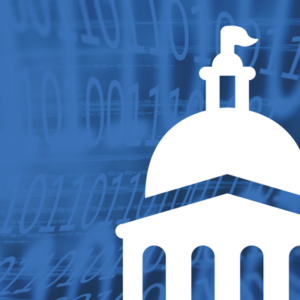
GAO Agile Audit Guide Draft Released

This week, the U.S. General Accounting Office (GAO) released the exposure draft of “The GAO Agile Assessment Guide: Best Practices for Agile Adoption and Implementation” (https://www.gao.gov/products/GAO-20-590G) and will be accepting comments about it from the public starting on September 28, 2020, until September 27, 2021. This guide will be used by federal auditors to evaluate government programs that are using Agile methods. The GAO also released a Science & Technology spotlight report that highlights the GAO position on Agile software development reflecting the insights gained through the development of this guide (https://www.gao.gov/products/GAO-20-713SP).
This is a major milestone in the shift to Agile becoming the accepted standard for government technology development programs, especially those focused on software-based solutions. Anyone who has been around the federal market knows that these audit guides have a tremendous influence, since government leaders often treat them as “the answers to the test” and use these guides as implementation roadmaps for the processes and policies of their agencies. If that pattern continues with this guide, it is likely to encourage late adopters in government to fully commit to embracing Agile. It will also provide better consistency in Agile practices among those programs already following this new way of working.
The public release of this draft is personally meaningful to me as well. One of the amazing things the GAO did as soon as they decided they needed to develop this guide was to convene an expert panel of Agile practitioners from both inside and outside of government. They met regularly with this panel and listened very thoughtfully to their recommendations. I can attest to this, as I participated in this panel since its very first meeting over four years ago. My SAI colleague Stosh Misiaszek was a participant as well. As I look through this draft, I see the results of many hours of animated discussions, as the panel participants fully understood the implications of the guidance that would ultimately be included in this document. I can say with great confidence that while I don’t agree with every element of the guide, it does represent true Agile principles and practices that should be adopted by every government technology development program. I was even pleased that the GAO updated the guide’s references to SAFe to reflect the language contained in version 5.0.
If you are an individual SAFe practitioner or SAFe partner working with the U.S. federal government, this new guide is a must-read!
Be SAFe,
Dr. Steve Mayner






Gina Guillaume-Joseph
Thank you for this body of work! I am looking forward to reading it. I recently transitioned out of the federal government space into Fintech. My role is to mature our agile practices in our tech space and I look forward to leveraging the guidance outlined.
Steve Mayner
Congratulations and best of luck in your new adventures!
Jon Dwyer
Hi Steve, thanks for your leadership in supporting this effort, and for sharing the links and background. I agree, it is a very important step forward.
Mahalo,
JD
Steve Mayner
Thank you Jon! It was well worth the investment of time and I truly appreciate the care and attention the GAO team gave to all of the input they received!
Darryl Brooks
Hi Steve, my name is Darryl Brooks and i’m a SAFe Architect and auditor in the fin-tech space and your words have a familiar sound when describing the creative discussions that brought about the guidance papers. Thanks for sharing your work, looking forward to the read.
Steve Mayner
Thanks for the comment Darryl! Looking forward to any thoughts you might have on the guide!